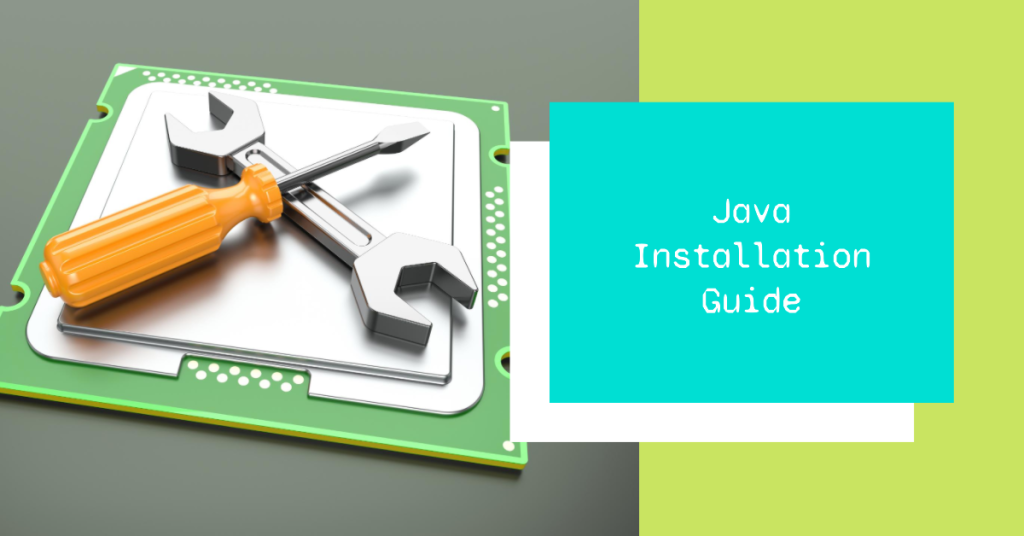How to install Java on Centos 7

As a system administrator, keeping your CentOS 7 server up to date with the latest software is an important task. One of the most useful technologies to have installed is Java, as it powers many enterprise applications and development frameworks. In this tutorial, you'll learn how to install Java on CentOS 7 to ensure your system has this crucial dependency ready to go. By following the step-by-step instructions provided here, you'll have OpenJDK, the open-source Java implementation, installed and configured on your system in no time. With Java set up, you'll be able to deploy various Java-based applications and have confidence in the stability and security of the installation. So let's get started and install Java on your CentOS 7 server.
Prerequisites for Installing Java on CentOS 7
To install Java on CentOS 7, you will need:
- A CentOS 7 dedicated server or VPS server with a minimum of 2 GB of RAM. Java requires additional memory to run, so more RAM is better.
- A non-root user with sudo privileges. You should not install software as the root user.
- Make sure your CentOS system is up to date. Run
sudo yum updateto update your system packages before installing Java. - Check if Java is already installed. Run
java -versionto check the Java version. If Java is already installed, you'll see the version number. If not, you'll see "command not found." - Download the Java binary. Go to java.com/en/download/ and download either the Java 8 or 11 JDK (Java Development Kit). Choose the Linux x64 .tar.gz file.
- Create a directory for Java. Run
sudo mkdir /usr/javato make the Java installation directory. - Install Java. Run
sudo tar zxvf jdk-11.0.2_linux-x64_bin.tar.gz -C /usr/javato extract the Java tar.gz file into the /usr/java directory. - Set environment variables. Run
sudo nano /etc/environmentand add the lines:
JAVA_HOME=/usr/java/jdk-11.0.2
PATH=$PATH:$JAVA_HOME/bin
- Reload the environment variables. Run
source /etc/environmentto reload the variables. - Verify the installation. Run
java -versionagain to confirm Java 11 is installed.
You now have Java installed on your CentOS 7 server and can develop and run Java programs. Let me know if you have any other questions!
Download and Install OpenJDK on CentOS 7
To install OpenJDK, the open source version of Java, on CentOS 7, follow these steps:
- Open your terminal and enter the following command to add the Java repository:
```bash
sudo yum install java-1.8.0-openjdk
```
- Next, check if Java is installed properly by entering:
```bash
java -version
```
You should see the Java version, which will likely be 1.8.0.
- Set the JAVA_HOME environment variable to point to the installed JDK. Run:
```bash
export JAVA_HOME=/usr/lib/jvm/java-1.8.0-openjdk-1.8.0.191.b12-1.el7_6.x86_64
```
- Finally, update your PATH environment variable to include $JAVA_HOME/bin. You can make this change permanent by editing your .bash_profile file:
```bash
nano .bash_profile
```
Add the following line:
```
export PATH=$PATH:$JAVA_HOME/bin
```
Save the file (Ctrl+O in Nano), exit (Ctrl+X) and reload it with:
```bash
source .bash_profile
```
- To confirm your install, run
java -versionagain. You should see output with the Java version and build numbers.
Congratulations, you now have OpenJDK, an open-source Java Development Kit, installed on your CentOS 7 server! You can now compile and run Java programs. Let me know if you have any other questions!
Verify the Java Installation on CentOS 7
Verify the Java Installation on CentOS 7
To confirm Java is properly installed on your CentOS 7 system, follow these steps:
First, check if Java is installed by entering the following command:
```bash
java -version
```
This should return the Java version, vendor, and other details. If it returns "command not found", then Java is not installed.
Second, check if the Java executable is in the PATH environment variable, by entering:
```bash
echo $PATH
```
The PATH output should contain /usr/bin/ and /usr/lib/jvm/java--openjdk-amd64/bin/ where is your Java version. If Java path is missing, you need to add it to PATH.
Third, verify the Java version by entering:
```bash
java -version
```
This should return details for Java 8 or higher. If an older version is installed, you will need to uninstall it and install the latest version of Java.
Finally, check if the Java compiler (javac) is installed properly by entering:
```bash
javac -version
```
This should return the javac version which should match the java version.
If all the steps have the expected output, then you have successfully installed and verified Java on your CentOS 7 system. If any step fails or returns an error, you will need to troubleshoot or reinstall Java to resolve the issue. Following these verification steps will ensure Java is properly set up and ready to use on your CentOS 7 server.
Conclusion
As you have seen, installing Java on Centos 7 is a straightforward process. By following the steps outlined above and enabling the necessary repositories, you were able to download and install the latest OpenJDK version for your system. With Java installed, you now have the ability to run Java applications and applets, opening your system up to a world of new functionality. While the process may have seemed complicated, you were able to work through it step-by-step. Now that you have a development environment set up, you can start exploring all that Java has to offer. Congratulations on installing Java and happy coding!



